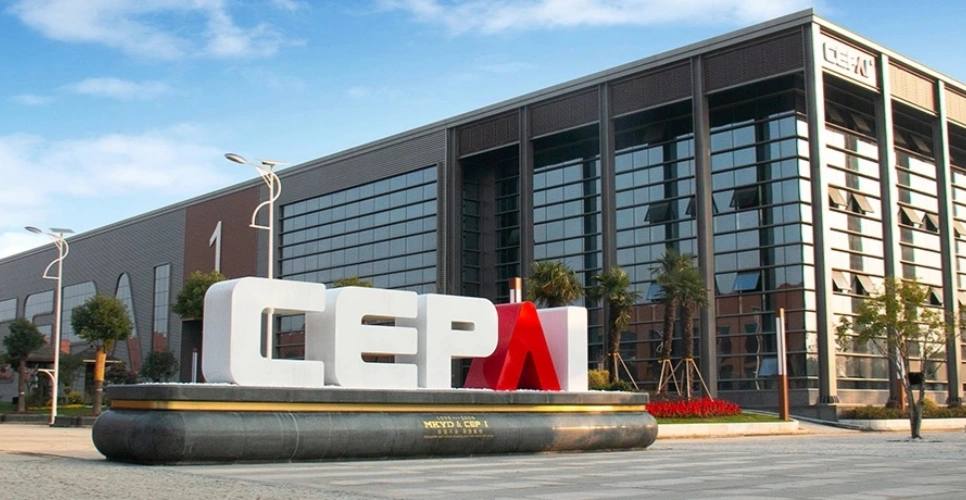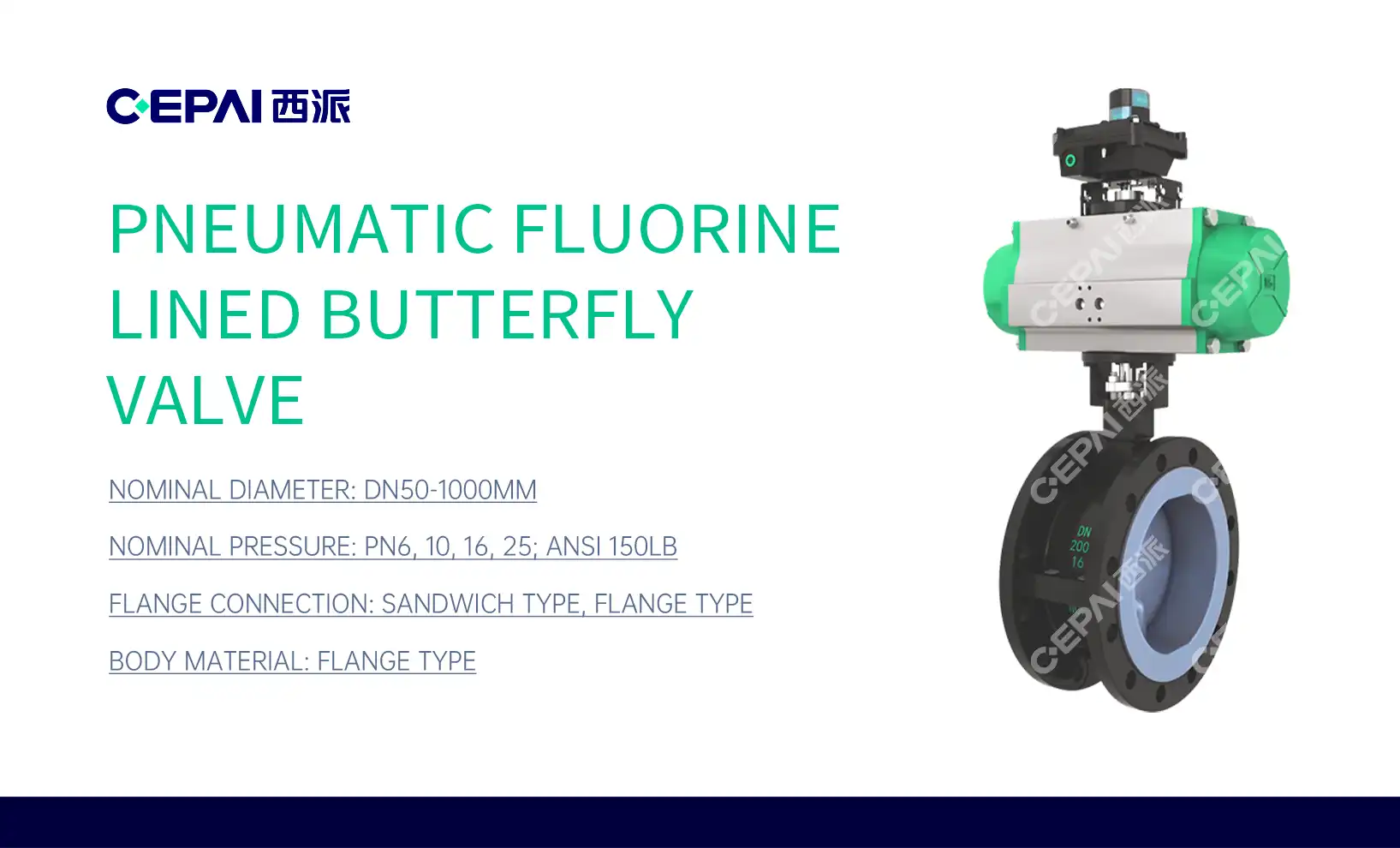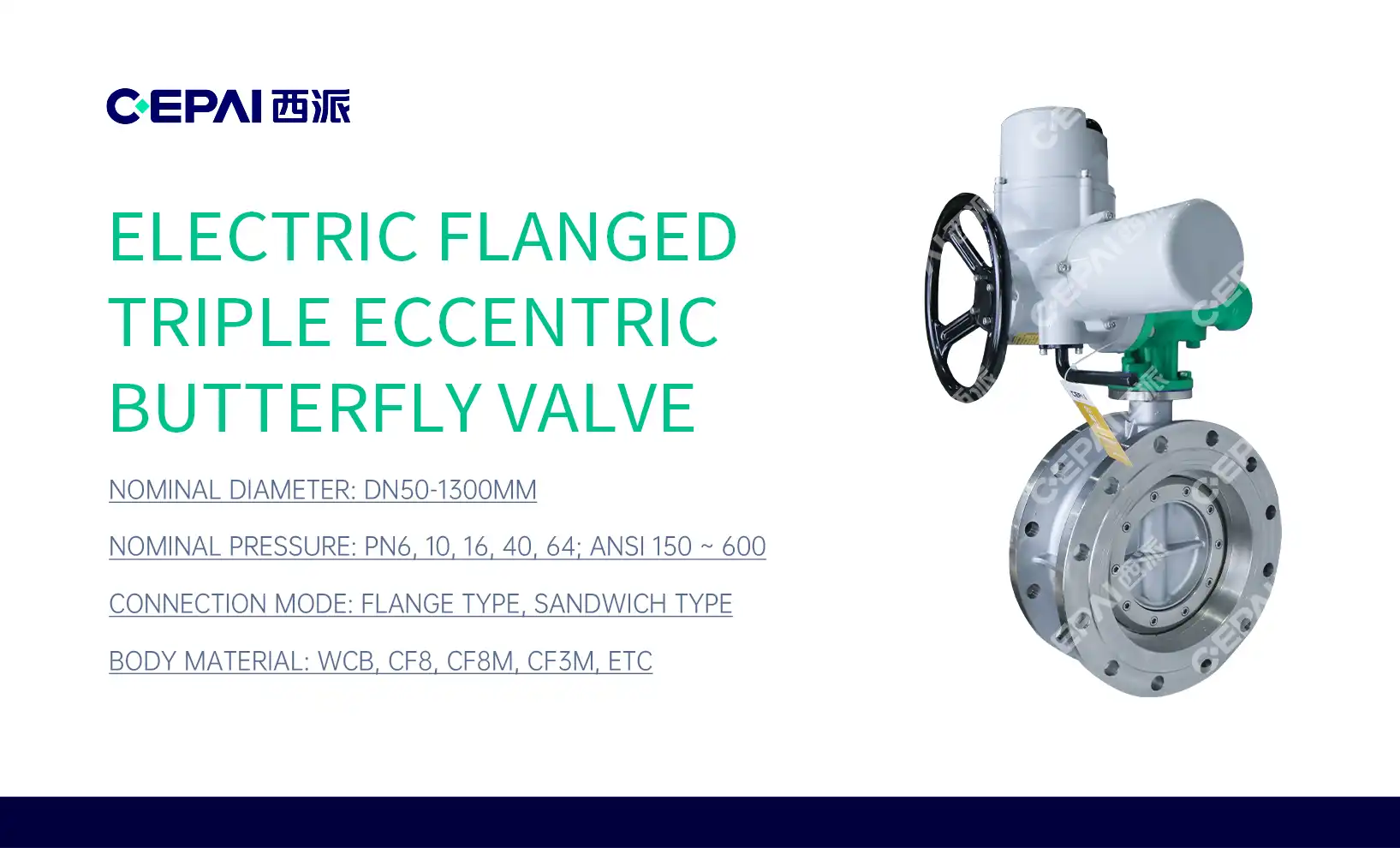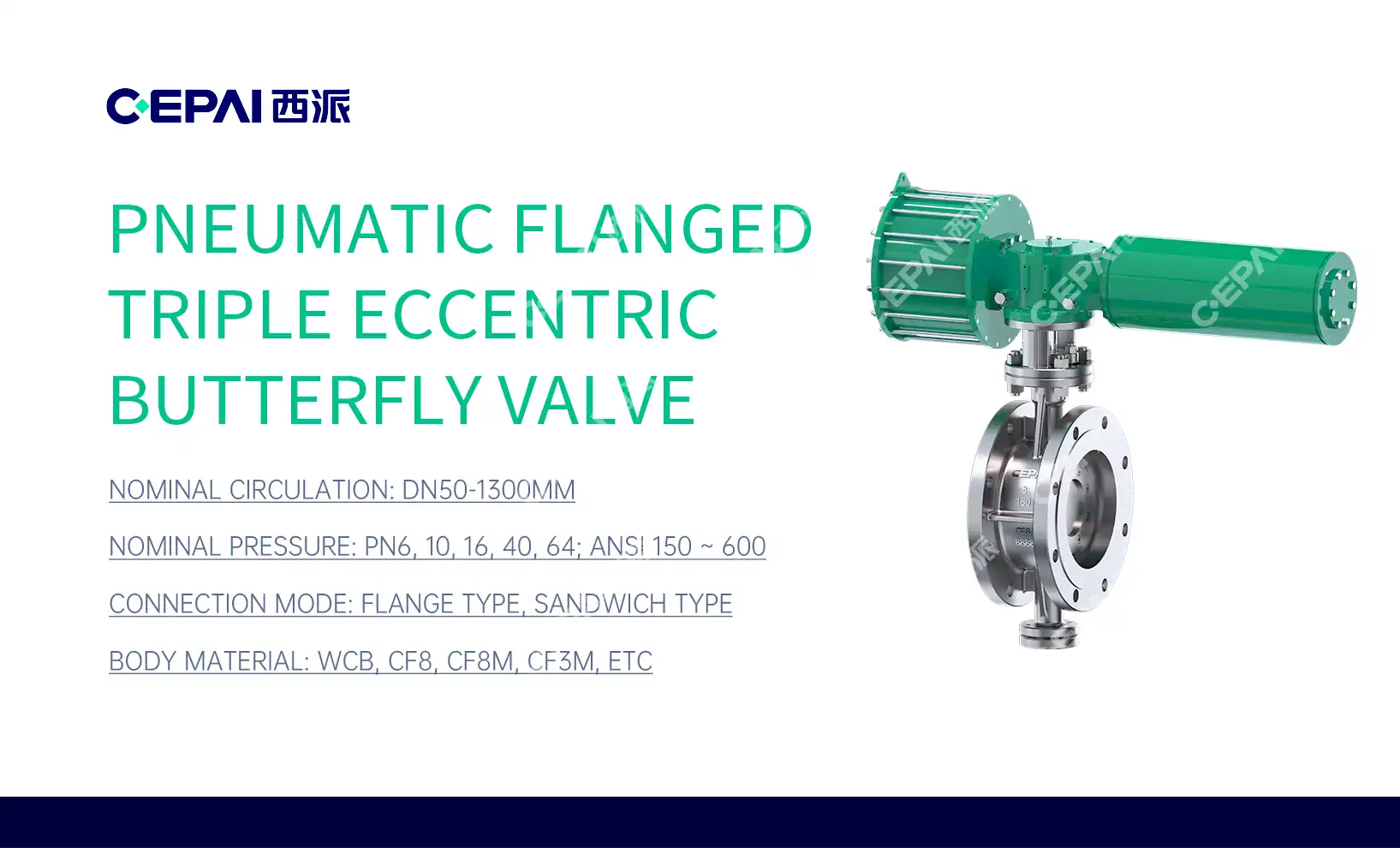Rubber Lined vs Metal Butterfly Valve: Which Lasts Longer?
When it comes to the longevity of butterfly valves, the choice between rubber lined and metal variants is crucial. Generally, metal butterfly valves tend to outlast their rubber lined counterparts in most industrial applications. The robust construction of metal valves, often made from materials like stainless steel or cast iron, provides superior resistance to wear, corrosion, and high temperatures. However, this doesn't mean rubber lined valves are inferior. In certain environments, especially those involving corrosive chemicals or abrasive materials, rubber lined butterfly valves can actually exhibit longer lifespans. The rubber lining acts as a protective barrier, shielding the valve body from harsh substances. Ultimately, the longevity of either type depends on factors such as the specific application, operating conditions, maintenance practices, and quality of materials used in manufacturing.

Understanding Butterfly Valves: Rubber Lined vs Metal
Composition and Design
Butterfly valves are quarter-turn rotational motion valves used to regulate flow in various industrial processes. The main difference between rubber lined and metal butterfly valves lies in their construction. Rubber lined valves feature a resilient elastomer lining that covers the inner surface of the valve body and disc. This lining creates a tight seal when the valve is closed. On the other hand, metal butterfly valves have a bare metal body and disc, typically made from materials like stainless steel, cast iron, or bronze.
Operational Characteristics
The operational characteristics of these two types of butterfly valves differ significantly. Rubber lined valves excel in providing bubble-tight shutoff, making them ideal for applications requiring zero leakage. They also offer better noise reduction and vibration dampening properties. Metal butterfly valves, while potentially not as leak-tight, generally handle higher pressures and temperatures. They're also more resistant to mechanical wear and tear, especially in high-cycle applications.
Application Suitability
The choice between rubber lined and metal butterfly valves often depends on the specific application. Rubber lined valves are well-suited for water treatment, chemical processing, and food and beverage industries where corrosion resistance and contamination prevention are crucial. Metal butterfly valves find extensive use in oil and gas, power generation, and HVAC systems where higher temperature and pressure ratings are required. Understanding these application-specific requirements is key to selecting the right valve type for optimal performance and longevity.
Factors Affecting Valve Longevity
Environmental Conditions
The environment in which a butterfly valve operates plays a significant role in determining its lifespan. Corrosive chemicals, extreme temperatures, and abrasive materials can all impact valve durability. Rubber lined valves generally perform better in corrosive environments due to their protective lining. However, they may degrade faster in high-temperature settings. Metal valves, particularly those made from corrosion-resistant alloys, can withstand harsh chemicals and high temperatures more effectively, but may suffer in highly abrasive applications.
Operational Stress
The frequency of valve operation and the stress placed on the valve during use significantly influence its longevity. High-cycle applications, where valves are opened and closed frequently, can lead to faster wear, especially in rubber lined valves. The elastomer lining may experience fatigue and eventual failure. Metal valves, with their more robust construction, often handle repeated cycling better. However, they may require more frequent maintenance to ensure smooth operation and prevent issues like galling or seizing.
Maintenance Practices
Proper maintenance is crucial for extending the life of any butterfly valve. Regular inspections, lubrication, and cleaning can prevent premature wear and catch potential issues before they become serious problems. Rubber lined valves may require more careful handling during maintenance to avoid damaging the elastomer lining. Metal valves, while generally more forgiving, still benefit from regular maintenance to prevent corrosion and ensure smooth operation. Implementing a comprehensive maintenance schedule tailored to the specific valve type and application can significantly enhance valve longevity.
Comparative Analysis: Lifespan and Performance
Durability in Various Industries
The durability of rubber lined and metal butterfly valves varies across different industries. In the water treatment sector, rubber lined valves often demonstrate superior longevity due to their excellent resistance to chlorine and other water treatment chemicals. However, in the oil and gas industry, metal butterfly valves typically outlast their rubber counterparts, withstanding the high pressures and temperatures associated with hydrocarbon processing. The power generation industry sees a mix of both types, with metal valves dominating in high-temperature steam applications and rubber lined valves finding use in cooling water systems.
Cost-Effectiveness Over Time
When considering the cost-effectiveness of butterfly valves over their lifespan, several factors come into play. Initially, rubber lined valves often have a lower purchase price compared to metal valves. However, the total cost of ownership extends beyond the initial investment. Metal valves, while more expensive upfront, may offer lower maintenance costs and longer service life in certain applications. This can result in better long-term value, especially in harsh operating conditions. Conversely, in applications where rubber lined valves excel, their lower initial cost and potential for longer service life in specific environments can make them more cost-effective over time.

Performance in Extreme Conditions
The performance of butterfly valves in extreme conditions is a critical factor in determining their overall lifespan. Metal butterfly valves generally outperform rubber lined valves in high-temperature applications, with some designs capable of withstanding temperatures up to 1000°F (538°C). They also handle higher pressures more effectively, making them suitable for demanding industrial processes. Rubber lined valves, while limited in temperature range, often perform better in highly corrosive or abrasive environments. Their elastomer lining provides a barrier against chemical attack and reduces wear from abrasive materials, potentially extending their lifespan in these specific conditions.
Conclusion
In the debate of rubber lined vs metal butterfly valves, there's no universal winner when it comes to longevity. The choice depends heavily on the specific application, operating conditions, and maintenance practices. Metal butterfly valves generally offer superior durability in high-temperature, high-pressure environments and high-cycle applications. Their robust construction often translates to a longer lifespan in many industrial settings. However, rubber lined valves can outperform in corrosive or abrasive environments, where their protective lining extends their service life. To maximize valve longevity, it's crucial to carefully consider the operating conditions, implement proper maintenance routines, and select high-quality valves suited to the specific application requirements.
FAQs
1. What are the main differences between rubber lined and metal butterfly valves?
Rubber lined valves have an elastomer lining for better sealing, while metal valves are made entirely of metal for higher temperature and pressure resistance.
2. In which industries are rubber lined butterfly valves preferred?
They are commonly used in water treatment, chemical processing, and food and beverage industries.
3. Can metal butterfly valves handle corrosive materials?
Some metal valves, especially those made from corrosion-resistant alloys, can handle corrosive materials effectively.
4. How does maintenance affect the lifespan of butterfly valves?
Regular maintenance, including inspections and proper lubrication, can significantly extend the lifespan of both rubber lined and metal butterfly valves.
5. Are metal butterfly valves always more expensive than rubber lined ones?
Initially, metal valves are often more expensive, but they may offer better long-term value in certain applications due to their durability.
Expert Butterfly Valve Solutions | CEPAI
At CEPAI Group Co., Ltd., we specialize in high-quality butterfly valves for diverse industrial applications. As a leading butterfly valve manufacturer and supplier, our state-of-the-art production facilities ensure precision and reliability in every valve we produce. Our expertise in both rubber lined and metal butterfly valves allows us to offer tailored solutions for your specific needs. Contact our factory at cepai@cepai.com to discuss how our innovative valve technology can enhance your operations and provide long-lasting performance.

References
Smith, J. (2022). "Comparative Analysis of Butterfly Valve Materials in Industrial Applications." Journal of Valve Technology, 45(3), 78-92.
Johnson, R. et al. (2021). "Longevity and Performance of Rubber Lined vs Metal Butterfly Valves in Corrosive Environments." Chemical Engineering Proceedings, 56, 210-225.
Zhang, L. (2023). "Cost-Effectiveness Analysis of Butterfly Valve Types Across Various Industries." Industrial Economics Review, 18(2), 145-160.
Brown, A. & Davis, M. (2022). "Maintenance Practices and Their Impact on Butterfly Valve Lifespan." Maintenance Engineering Quarterly, 39(4), 302-318.
Thompson, E. (2021). "High-Temperature Performance of Metal Butterfly Valves in Power Generation." Energy Systems Journal, 27(1), 55-70.
Lee, S. et al. (2023). "Advancements in Butterfly Valve Design for Extended Service Life." Valve World Magazine, 28(5), 42-48.

Get professional pre-sales technical consultation and valve selection services, customized solution services.

About CEPAI


